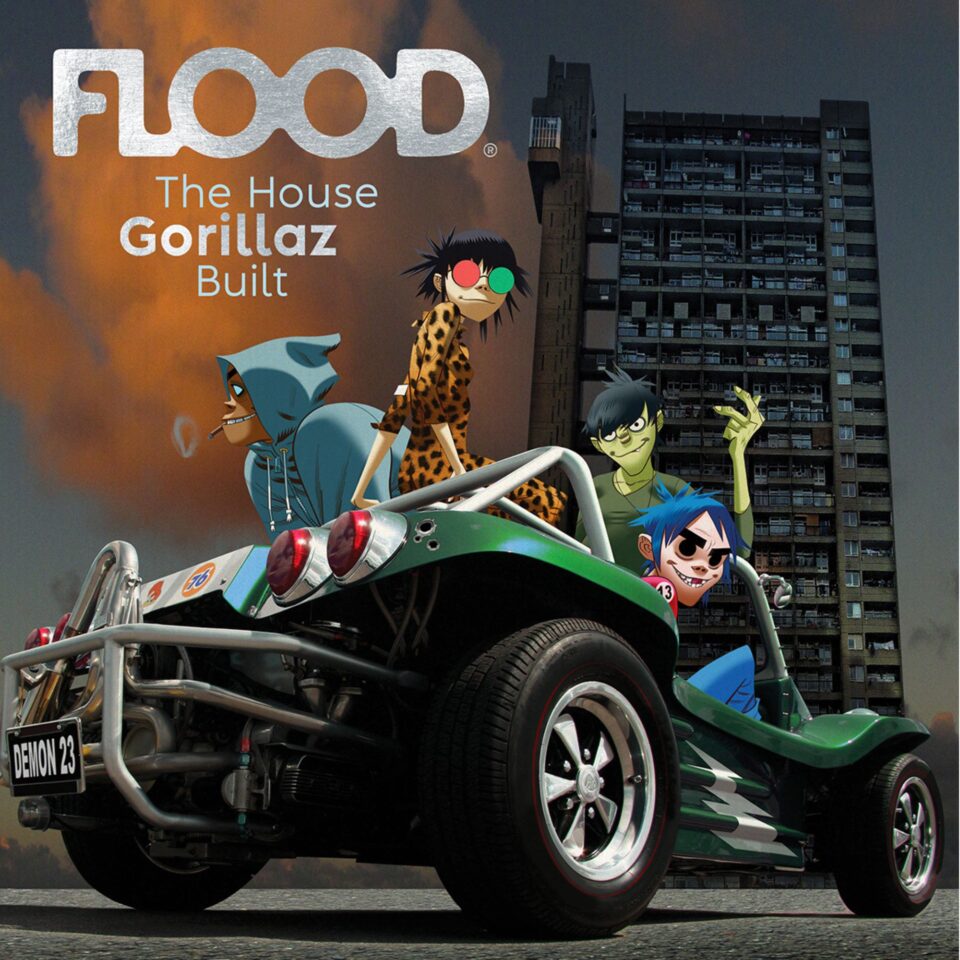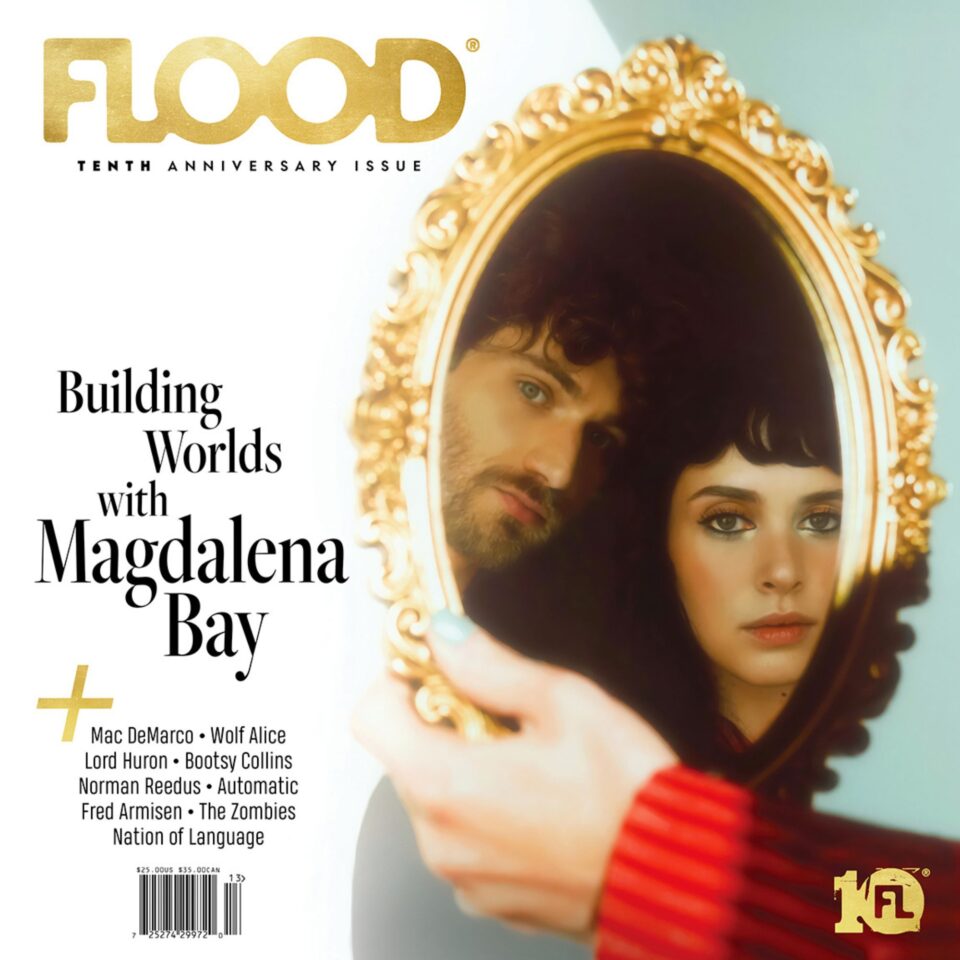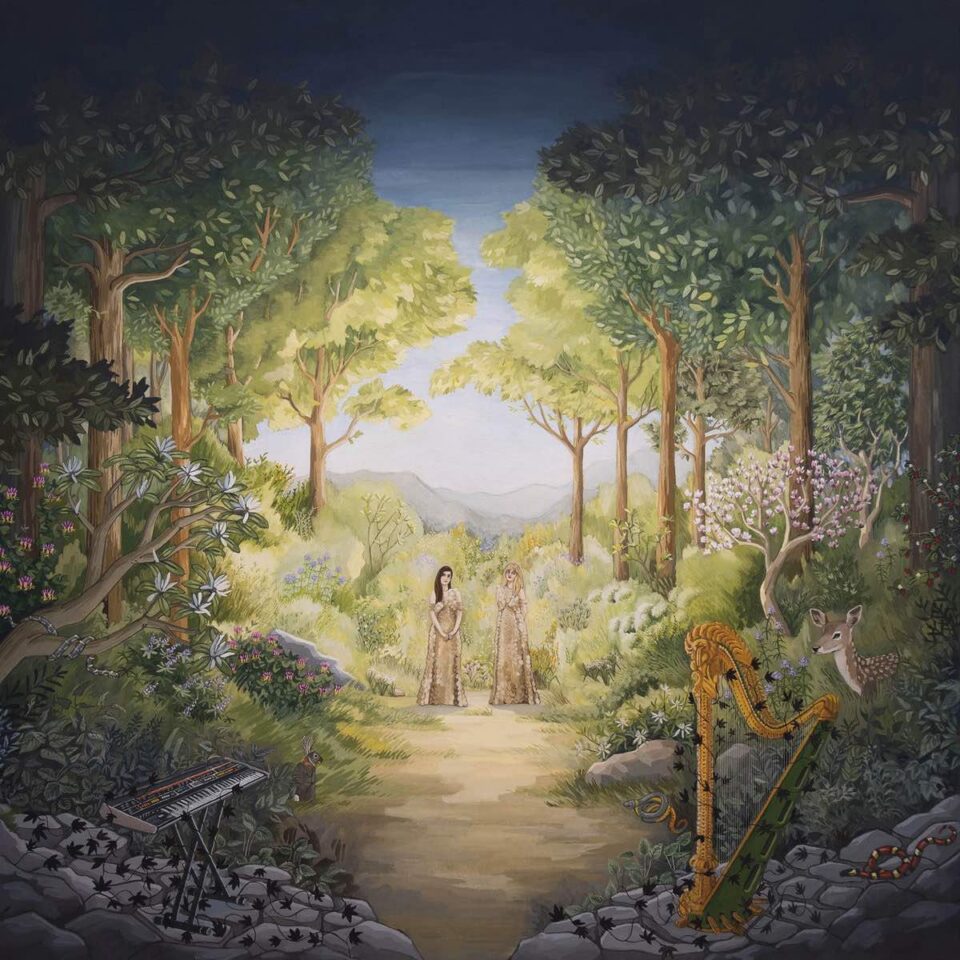You may presume the harp-centric music of Nailah Hunter was beamed down to Earth from the cosmos to atone for the tragedy that is the nine-year wait for a new Joanna Newsom album. But from the opening track of the composer and multi-instrumentalist’s debut LP Lovegaze, it’s clear that the sonic realm she inhabits more closely resembles the spacey atmospherics of SPELLLING circa Mazy Fly—less warblingly balladic and more skygazingly curious. Mostly written within (and seemingly largely inspired by) the setting of a small coastal town on the English Channel, the in-the-moment emotions both chronicled in each song add a certain lyrical depth to these 10 tracks landing somewhere between the astrological and—thanks in no small part to the presence of Celtic harp—the medieval.
Yet these disparate aesthetics coalesce seamlessly on nu-new-age cuts like the old-school R&B-tinged “Finding Mirrors,” which is among the record’s most drastic breaks from the ambient field recordings of Hunter’s early EPs. While those textures surely carry over to Lovegaze, the more pop-based structures permit Hunter to more explicitly address concerns relating to the future of our planet and our role in maintaining it.
With the record out today via Fat Possum, Hunter took the time to walk us through each track, speaking to how setting and collaboration informed the individual recordings. You can order the record here, and revisit our “Breaking” interview we conducted with Hunter in 2020 for FLOOD 11: The Action Issue here.
1. “Strange Delights”
This song started as an improv over a modular synth loop that my partner made. At the time, we were burning a bunch of incense in a dark room, which served as inspiration for the wandering vocal melody. Once I worked on it with producer Cicely Goulder, “Strange Delights” took on a more golden quality that reminds me of a hazy and intoxicated feast in a peculiar, yet familiar wood.
2. “Through the Din”
“Through the Din” started out as a folk song with just harp and voice. I think the lyrics came to me in a bard-like storytelling format because I wanted to speak to an ancient quandary. I was thinking about nature beating back human greed, and how it persists through all of our little civilizations. The lyrics (which speak of vines, swords, and stones) are rather Arthurian, which is a delightful interaction with the trip-hop-inspired back beat that Cicely brought in.
3. “Finding Mirrors”
This song began with a bass line, which is not usually how I approach writing. Of all the tracks on the record, it’s the most purposeful departure from the comfort I found in making ambient music in the past. Letting the song exist in the form that it came to me was a healing reminder that I can make anything I want to. The song is about seeing yourself without warning.
4. “000”
I wrote this about the idea of total darkness, with “000” being the color code for black. I wanted to build out a sound world that felt both haunted and ethereal. We started by layering close vocal harmonies to create tension, then added harp plucks and glissandos to bloom out into the astral plane. It’s about surrendering to the void and honoring space as a chasm that both consumes and holds all things.
5. “Lovegaze”
This is the story of two lovers who must steal away to the woods to be together. I wanted to capture the sounds and smells of summer heat, that feeling you get when your feet touch soil, the rush of secret love and joyous revelry in nature’s gifts.
6. “Bleed”
I wrote this in Southsea with the Celtic harp. The song was born of a heartbreaking moment that I hadn’t had time to process until then. I let myself wallow and explore heartbreak tropes and clichés that I hadn’t engaged in since I was a teenager singing with my acoustic guitar in coffee shops. It felt really nice to reconnect to that part of myself with everything I’ve learned since then.
7. “Adorned”
I wrote this one with Ben Lukas Boysen, who mixed most of the album. Our first session in Berlin fell on the date of the Qingming Festival, a Chinese festival where families honor those who’ve left the Earth, so we started working with a sort of reverence in mind. We began with Ben’s synth part, then I layered up a bunch of wordless vocals that felt like a choir of spirits moving up and away. When I got home to LA, I found myself stuck in this fatalistic mindset about climate change. In a moment that felt like true defeat, I added lyrics to the track. I cried during most of the takes, grieving for humanity and taking the side of the Earth.
8. “Cloudbreath”
“Cloudbreath” is inspired by the rare phenomenon of cloud iridescence, which is when small ice crystals scatter the sun or the moon’s light and cast a rainbow of color onto a semi-transparent cloud. It’s the only instrumental on the record, so I thought of it as a floating place of rest for the listener.
9. “Garden”
This track is about longing—for a place you cannot go, for a love you cannot share. I started writing the song as a wordless melody, looping vocals with my pedal board to create a watery texture, and the lyrics came to me on the plane ride to the UK. I’d been reading Circe by Madeline Miller right before I left, which chronicles the life of the Greek demigoddess and witch. I was thinking about nature as a teacher, the unending beauty found in its cycles, and solitude as a means of self-discovery.
10. “Into the Sun”
I started by improvising on the Celtic harp and then we chose a harp riff to loop and improvise lyrics over. I visualized a medieval town being raided and burned by thieves; steeping in that sense of desolation, terror, and heartbreak. It was a delicate balance of repetition and restraint. I think of this song as a companion to “Adorned” because they’re both manifestations of grief. “Adorned” came from depression surrounding the end, but “Into the Sun” is about the acceptance and celebration of our common fates.







